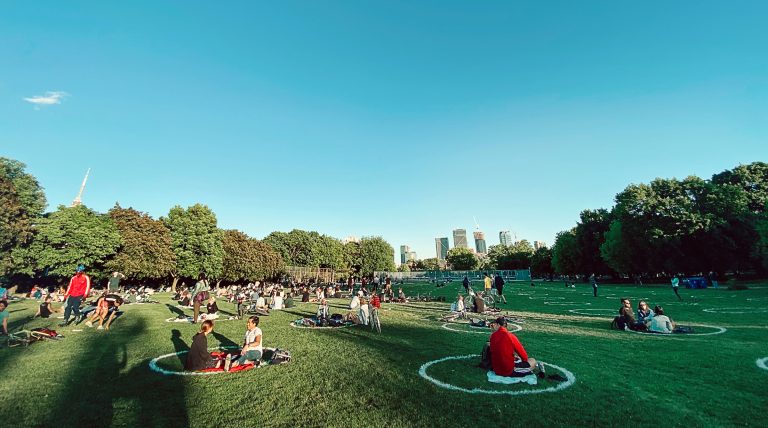Designing human / non-human public spaces for neighborhood resilience: Design Exploration 1 – Design charette for a resilient Holendrecht
This case study report describes one of three case studies conducted as part of the ZonMw project ‘From Prevention to Resilience’. Each design case is described in a separate report, each of which can be found in the Publications section here. In each of the design cases, a concept version of our design perspective Human/Non-human public spaces was implemented. At the time of the design cases, we still referred to this design perspective as the ‘Design Framework for Neighbourhood Resilience’. Before reading one or more of the reports, it is useful to first get familiar with this initial concept version of our design perspective (available here). The three reports are an intermediate step towards a publication in a scientific journal, in which we analyze and discuss the three design cases together. For this reason, the reports should be considered detailed accounts of the design cases and findings, while not yet coming to general insights and conclusions.
Design charette with Arcam and Eigenhaard
In December 2021, together with Arcam and Eigenhaard we organized a ‘design charrette’ – i.e., a one-week design sprint in which three multi-disciplinary design teams gathered in a studio in order to develop new plans and concepts in response to an open call while working with our framework. Arcam had the lead in organizing the charette and from their network of expertise invited two design coaches and several lecturers to support, inform and inspire the participating teams.
The brief
The context and assignment were provided by social housing organization Eigenhaard. The assignment focused on the Amsterdam neighborhood of Holendrecht, in which new plans for the built environment were being made, to redevelop parts of the neighborhood. In line with our research goals and the goals of the social housing organization three questions were articulated as central to the charrette:
- How can social and ecological resilience in the ‘Heart of Holendrecht’ be improved through spatial interventions?
- What role can a reinterpretation of the zone between private and public space play in such an effort?
- How can the existing built environment benefit optimally from the new construction goals in the ‘Heart of Holendrecht’?



















